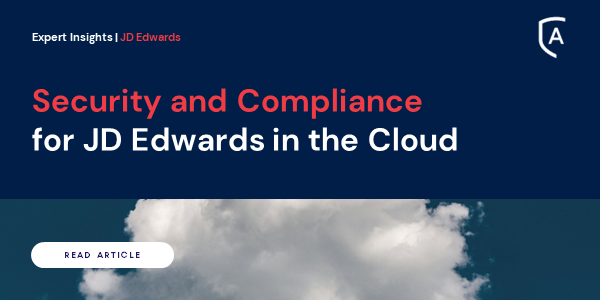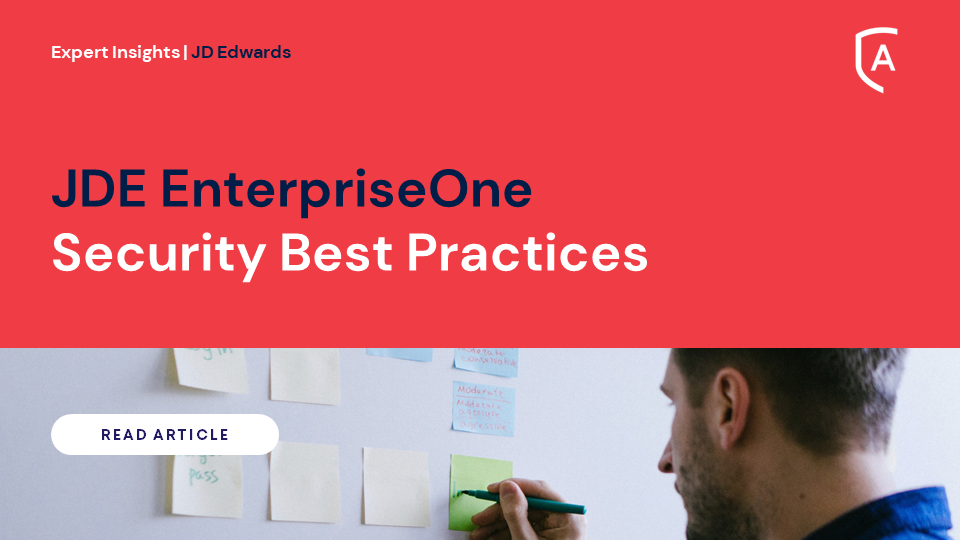Ten years ago, most conservative companies heard the terms “cloud services” or “hosted systems” and steered clear. They wanted to be in control of their destiny and did not want to bear the risk of being dependent on a cloud provider. Their priority was to ensure the security of their information as well as the stability and “uptime” of their environment. As cloud computing has increased in maturity in the technology industry, however, the question of moving to the cloud seems to be more when and what, than if. So, with the term being tossed around with seemingly so many different ideas, what does “cloud” mean?
Meaning of Cloud?
"Cloud computing" is a popular term used to refer to the capability of storing computer files or running computer programs on specialized servers to be accessed over the Internet. This means that a company doesn't have to keep data or applications on their own computers or servers which reduces the infrastructure requirements for the organization. It also means that files or programs are accessible from pretty much any computer that can connect to the Internet, as opposed to specific ones.
What does the cloud mean for you as a potential consumer of cloud services? A summary cloud computing definition is that a cloud service makes computer hardware and software functionality available to you through the Internet. More specifically, a cloud service has these core attributes:
- The cloud hosting provider purchases, operates, and maintains the hardware and software in a data center that they own or lease. There is no need for you to purchase, install, or maintain equipment and manage software yourself.
- You interact with the cloud service through an Internet connection, on a self-service basis. You can start the service, consume it from day to day, and increase or decrease your service usage level, all with little or no interaction with the service provider. Behind the scenes, the provider's cloud management software automates things like service provisioning and resource scaling.
Here's how to think about the distinction between "cloud" and the web:
- If you're an employee of a business or other organization, a cloud service replaces software that you would otherwise install on your workstation or that would run in the corporate data center. If you use Amazon to buy office supplies, you're using the web but not the cloud. If you use Amazon Simple Storage Service (S3) to store data (rather than storing it on a local hard drive or on an office file server) or Salesforce as your CRM system (rather than a locally installed application)—that's the cloud.
What does this mean for JD Edwards EnterpriseOne?
There are currently a variety of options available when considering eliminating your JD Edwards on premise environment. This can include merely hosting your own install on cloud servers, working with a partner to have a fully hosted and serviced environment or, generally for smaller user counts, receiving access to a part of a JD Edwards environment by entering into a SAAS (Software as a Service) agreement. Any of these options provide you with a variety of benefits including:
- Reduced infrastructure and staffing costs
- The increased agility and reduced IT complexity of a cloud-based approach
- The ability to protect your existing applications investment and customizations
- The ability to source specific skill sets from the provider, as needed
As a rule, most companies that move to a cloud-based implementation find that they realize cost-effective application deployment and management with fewer operational issues, better security, and less downtime. Cloud deployment reduces infrastructure, license, and management costs.
What about your JD Edwards Security Solution?
One of the most common questions we at ALLOut receive from companies that are either cloud-based or considering moving to cloud is “Can ALLOut Security and Compliance solutions be used in a cloud implementation?” The simple answer is “YES!”. In fact, our primary objective is to enable best practice security and compliance within your JD Edwards environment, wherever it is. ALLOut screens and delivered reports interact with standard tables and install, simply to be available for use by internal employees or the service provider, depending on how you chose to assign responsibilities. As an Oracle Validated Integrator, we are able to assure you that no matter what upgrades or changes you may experience in the future, we will be ahead of that curve to make sure that your security and compliance doesn’t miss a beat. With our solutions implemented within your JDE environment, the tools are at your fingertips, no matter how you access JD Edwards.
If you would like to learn more about how ALLOut Security can assist you with your security or compliance needs On Premise or Cloud-Based, contact us at info@alloutsecurity.com






